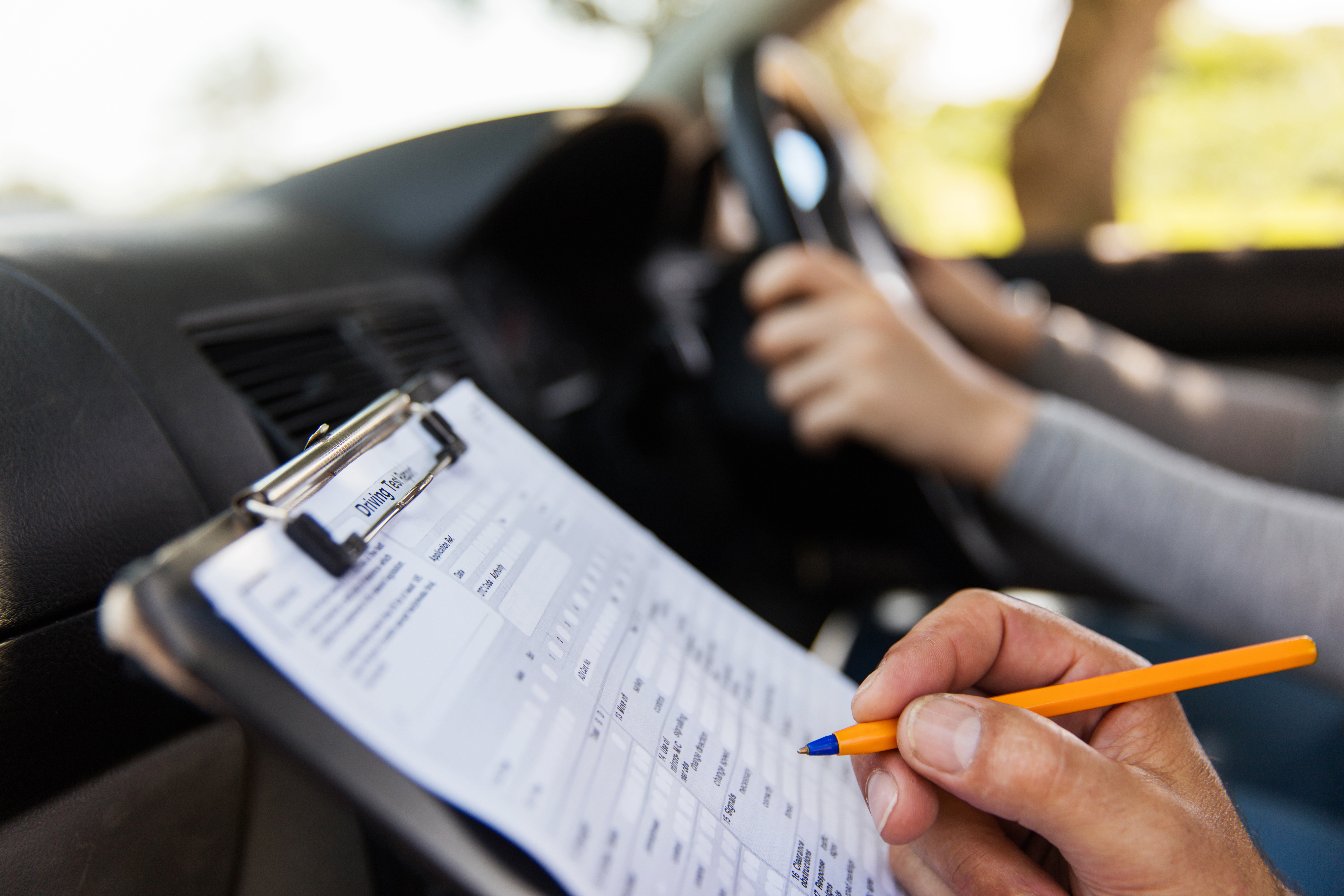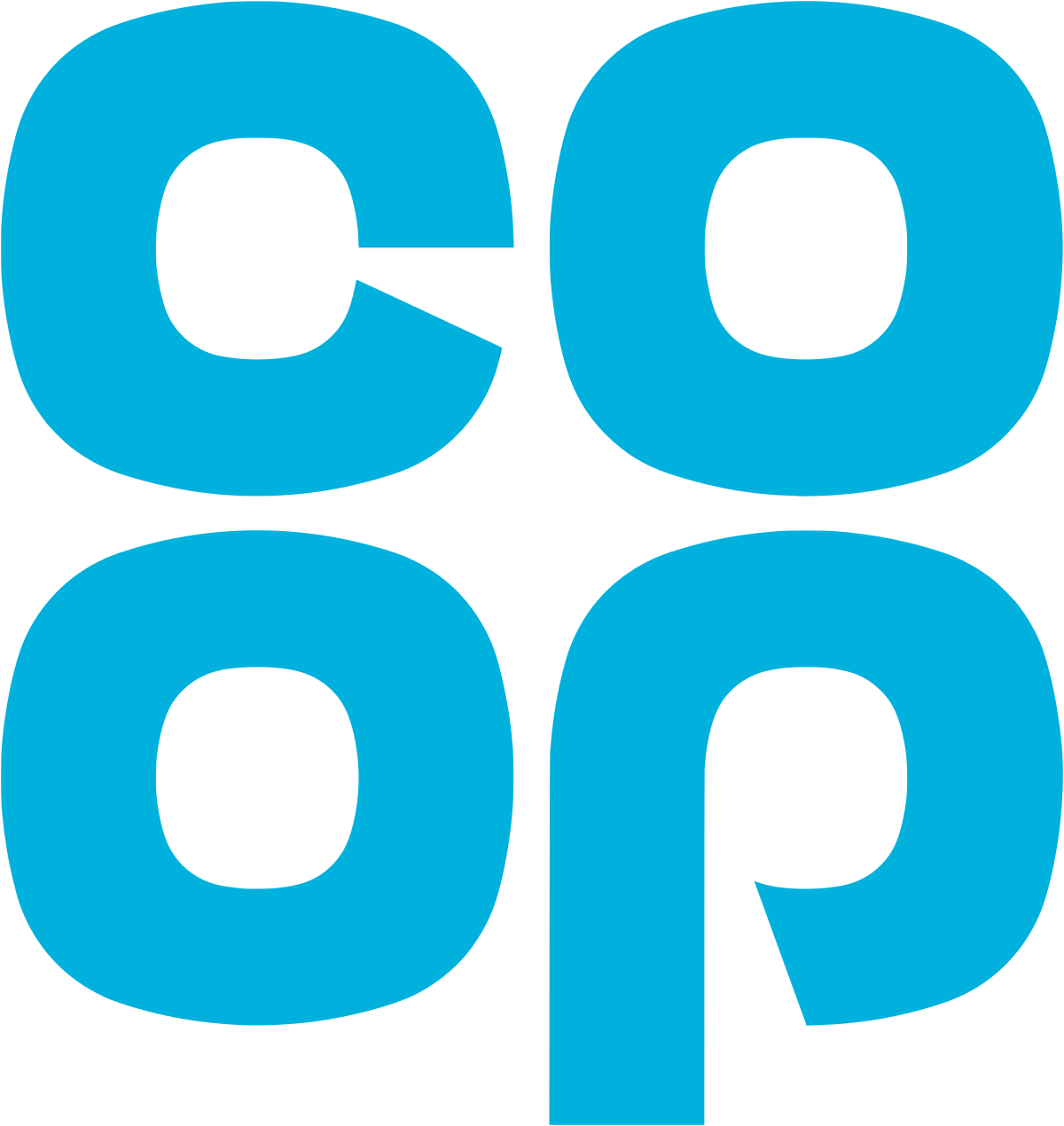Tamsin was able to speak openly and honestly about the knock-on impact of the crash – on her, her family and also on the driver’s life. She recognises that peer pressure plays a significant role in the decisions youngsters make so more needs to be done to encourage good driving behaviour.
After consulting her with our plans, Tamsin now believes that ‘shock tactics’ (like showing graphic images) can work for some but for others financial will be the biggest driver – and a key part of the Graduated Young Driver Insurance Product is a financial reward for good behaviour on the roads.
Posing the question of whether young drivers shoulds be shown graphic images of car accidents as a deterrent provided a debatable platform for Tamsin, Brake and Co-op which ultimately delivered a reach of close to 70 million people via both the BBC and ITV networks, Sky News Radio, Sky Sunrise, TalkRadio, the entire Bauer news network and This Morning. Most importantly however, the campaign showed real change in sentiment among young drivers.


